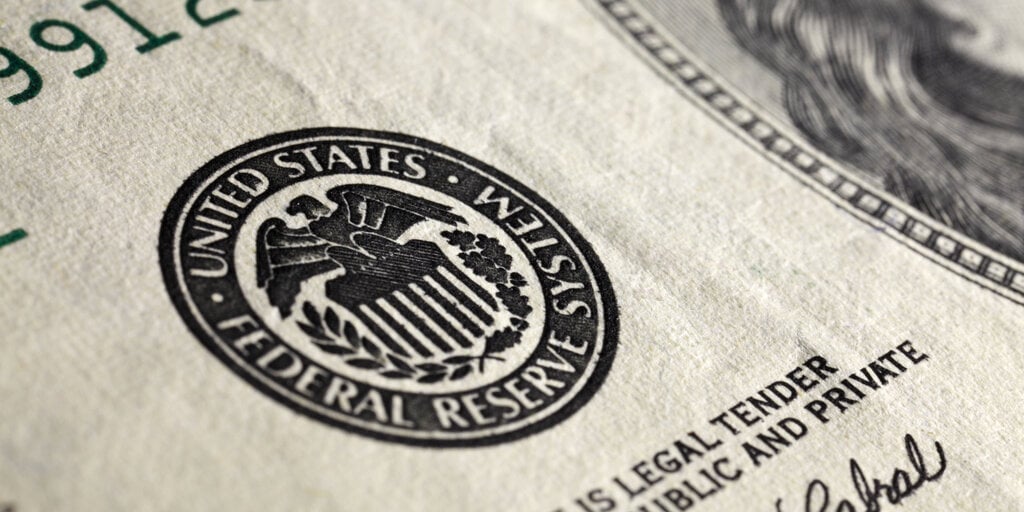
Dropp, a micropayments platform built atop the Hedera Hashgraph, has been added to FedNow’s “showcase” among a variety of different tech solutions for the Federal Reserve’s payment service.
The crypto firm lets merchants accept payments for as little as a penny, making micropayments more accessible and practical. Moreover, as pointed out by FedNow, users’ credentials are not shared with the merchants using Dropp.
Launched in July, FedNow is a new instant payment service developed by the Federal Reserve that allows financial institutions of all sizes across to provide safe and efficient instant payment services.
“Dropp makes it possible for digital merchants to offer goods and services at a granular level that has not been possible affordably because of the cost of credit card transaction fees,” reads the project’s description on FedNow’s website. “Dropp opens up a digital economy of micro-purchases.”
While the inclusion of Dropp in the FedNow Service Provider Showcase list may suggest a growing interest in distributed ledger technology by the Fed, the U.S. central bank wrote in the footnotes that the materials presented on the showcase website are meant for informational purposes and that the inclusion of providers does not imply any recommendation or endorsement.
This didn’t stop HBAR, the native token of Hedera Hashgraph, from soaring 16% over the day to hit a four-month high of $0.0659 earlier on Monday though, before backtracking to $0.0655 by press time, data from CoinGecko shows.
Dropp representatives didn’t immediately reply to Decrypt’s request for comment.
What is FedNow?
FedNow isn’t a consumer-facing service. Instead, banks and financial institutions can build services and products atop the service.
The FedNow service has already seen its share of criticism.
Custodia Bank CEO Caitlin Long accused the Fed of not complying with the law after she spotted that the Amsterdam-based company Adyen, one of the 35 banks and credit unions with access to the new service, has received its federal master account in July 2020—a year before it was approved to establish a branch in the U.S.
According to Long, the inclusion of the European private company fails to fulfill the Federal Reserve’s requirements to become a payment provider in the U.S.
Disclaimer
The views and opinions expressed by the author are for informational purposes only and do not constitute financial, investment, or other advice.








